The polar bear embodies the allure of the Arctic like no other animal. As our world tackles the implications of climate change, the bear has become an important bellwether of global warming. I have been fortunate to observe and photograph polar bears in Wapusk National Park, near Churchill, Manitoba, on Wrangel Island in Russia’s eastern Siberia, and in the pack ice off the northern coastline of Alaska. But certainly the best place on the planet to photograph these charismatic carnivores as they hunt and interact is in the splendid scenery of Arctic Norway’s Svalbard Archipelago.
Last summer I was hired to be one of the co-leaders on a photo trip to Svalbard. Polar bears were the main focus of our trip and we were lucky to spot 53 different bears during our 16-day expedition.
Our cruise throughout the archipelago was aboard the M.S. Polar Pioneer. There were 40 passengers as well as me and three other naturalist/photographers leading the trip.
Many of the bear photographs shown below were taken from the deck of the ship. We could shoot from the entire perimeter of the vessel. There were no off-limit areas.
The stern of some Arctic ships I have worked on is so low that a standing polar bear can sometimes almost reach the deck.
Periodically, throughout our trip, we boarded rubber zodiacs to get close to wildlife, and change our vantage point for photography. We followed this female polar bear for some time while she skirted the shore of an island.
When we go ashore, the leaders carry a rifle as protection against polar bears. Thankfully, in the dozen trips I have led to Svalbard, I have never had an unexpected encounter with an aggressive bear where I needed to fire my rifle.
The center of the Svalbard Archipelago is roughly located at 77°N latitude, approximately 800 kilometers (497 miles) from the northern tip of Norway.
The Svalbard Archipelago consists of six large islands and dozens of small ones. Among the 53 different bears we sighted hunting on the sea ice were two mothers, each with a pair of playful cubs, and I wanted to feature some of their antics in this month’s posting.
The bones of young bear cubs need the constant pull of muscles if they are to grow properly and attain their correct shape and density. As a consequence, the play activities of cubs, and all other young animals, are a way to physically challenge their growing skeletons and promote healthy bone growth.
Play behaviour is common in many mammals and typically involves activities that the animals will use in their adult life. For bears, play activities are a way for a young animal to practice survival skills such as escaping, stalking, capturing, killing, and fighting. Thus, play activities consist of chewing on each other’s face, ears, and neck, and swatting, chasing, and jaw-wrestling. In jaw-wrestling, the bears each grab the other’s jaw in a restrained fashion and try to wrestle each other down. It always surprises me that play in bears is completely silent, unlike some other carnivores that growl and bark.
The third possible function of play, the reinforcement of social bonds, seems obvious. In play bouts, alliances between animals can be strengthened. Play between a mother bear and her offspring may enhance the adult’s attentiveness to her cubs and thus improve the cubs’ chances of survival.
Finally, the language of bears is a subtle combination of visual, vocal and olfactory signals. This bruin vocabulary must be learned by young animals, and play is one way in which to do this. During play, participants learn the language of dominance and submission, aggression and solicitation.
This mother came close to our ship likely lured by the appetizing odours wafting from the ship’s galley. She stayed next to us for nearly 20 minutes giving her cubs ample time to succumb to their curiosity.
The mother bear suddenly smelled something on the wind that was more appetizing than the odours from the ship.
By standing, she could possibly improve her detection of the mysterious odour and better determine the location of the source.
The odour was coming from the carcass of a juvenile bearded seal where another adult female bear was already feeding.
The hungry mother and her two six-month old cubs approached with the likely intention of stealing the carcass.
The solitary female reluctantly surrendered the kill and moved a short distance away but the mother was not satisfied with the owner’s response and she charged the loitering bear and chased her for several hundred metres with the cubs following their mother as closely as they could.
When the chase ended the family returned to the carcass and fed on it until they were satiated.
About the Author – Dr. Wayne Lynch
For more than 40 years, Dr. Wayne Lynch has been writing about and photographing the wildlands of the world from the stark beauty of the Arctic and Antarctic to the lush rainforests of the tropics. Today, he is one of Canada’s best-known and most widely published nature writers and wildlife photographers. His photo credits include hundreds of magazine covers, thousands of calendar shots, and tens of thousands of images published in over 80 countries. He is also the author/photographer of more than 45 books for children as well as over 20 highly acclaimed natural history books for adults including Windswept: A Passionate View of the Prairie Grasslands; Penguins of the World; Bears: Monarchs of the Northern Wilderness; A is for Arctic: Natural Wonders of a Polar World; Wild Birds Across the Prairies; Planet Arctic: Life at the Top of the World; The Great Northern Kingdom: Life in the Boreal Forest; Owls of the United States and Canada: A Complete Guide to their Biology and Behavior; Penguins: The World’s Coolest Birds; Galapagos: A Traveler’s Introduction; A Celebration of Prairie Birds; and Bears of the North: A Year Inside Their Worlds. In 2022, he released Wildlife of the Rockies for Kids, and Loons: Treasured Symbols of the North. His books have won multiple awards and have been described as “a magical combination of words and images.”
Dr. Lynch has observed and photographed wildlife in over 70 countries and is a Fellow of the internationally recognized Explorers Club, headquartered in New York City. A Fellow is someone who has actively participated in exploration or has substantially enlarged the scope of human knowledge through scientific achievements and published reports, books, and articles. In 1997, Dr. Lynch was elected as a Fellow to the Arctic Institute of North America in recognition of his contributions to the knowledge of polar and subpolar regions. And since 1996 his biography has been included in Canada’s Who’s Who.







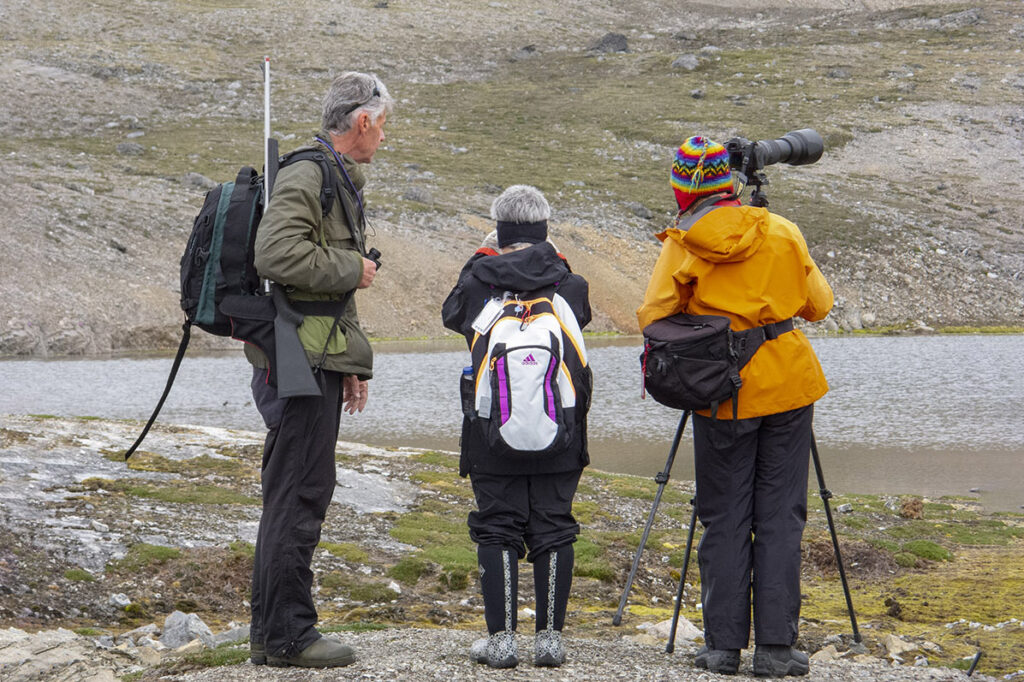

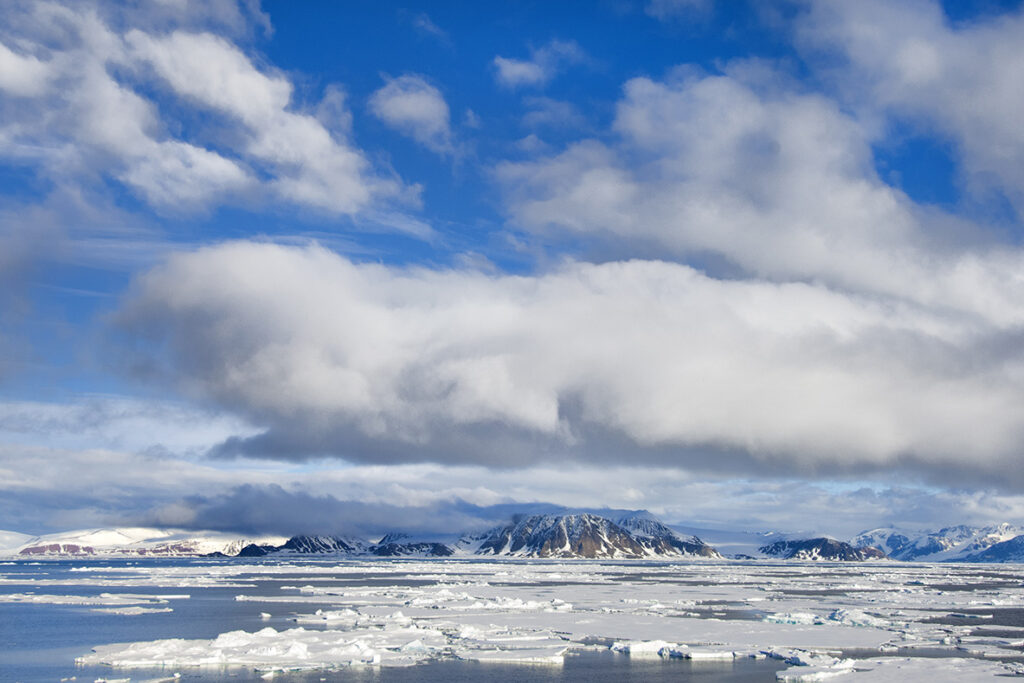
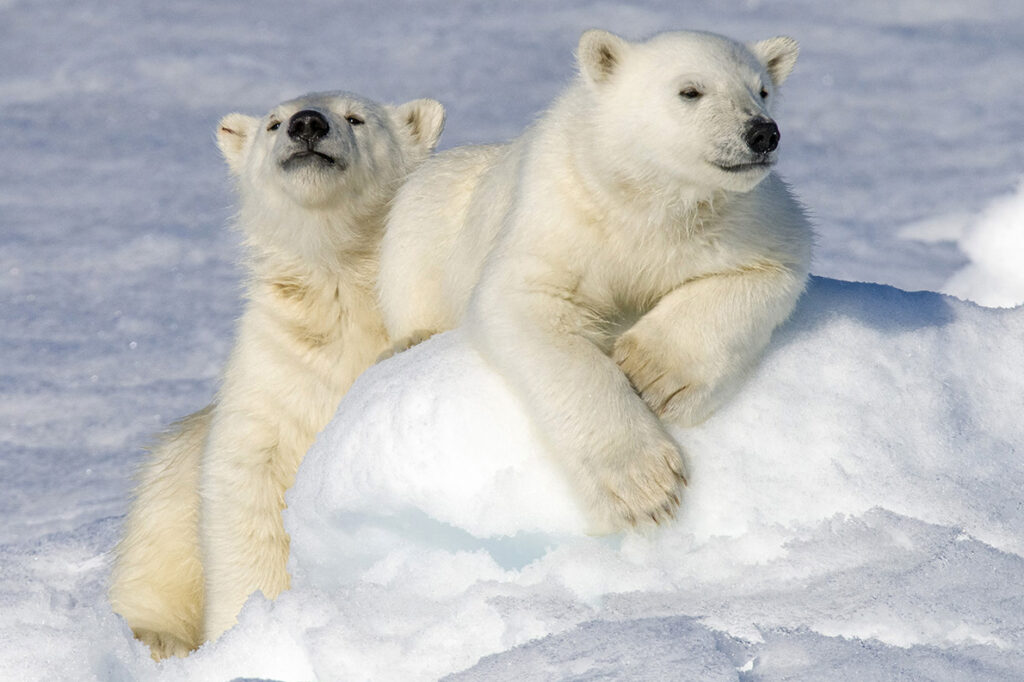
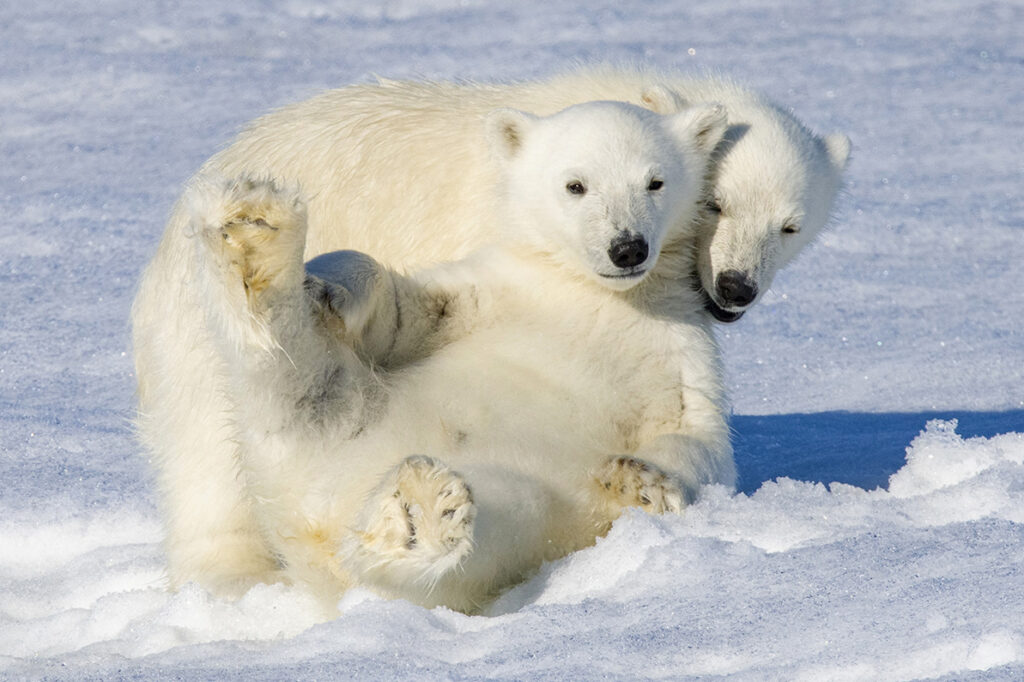


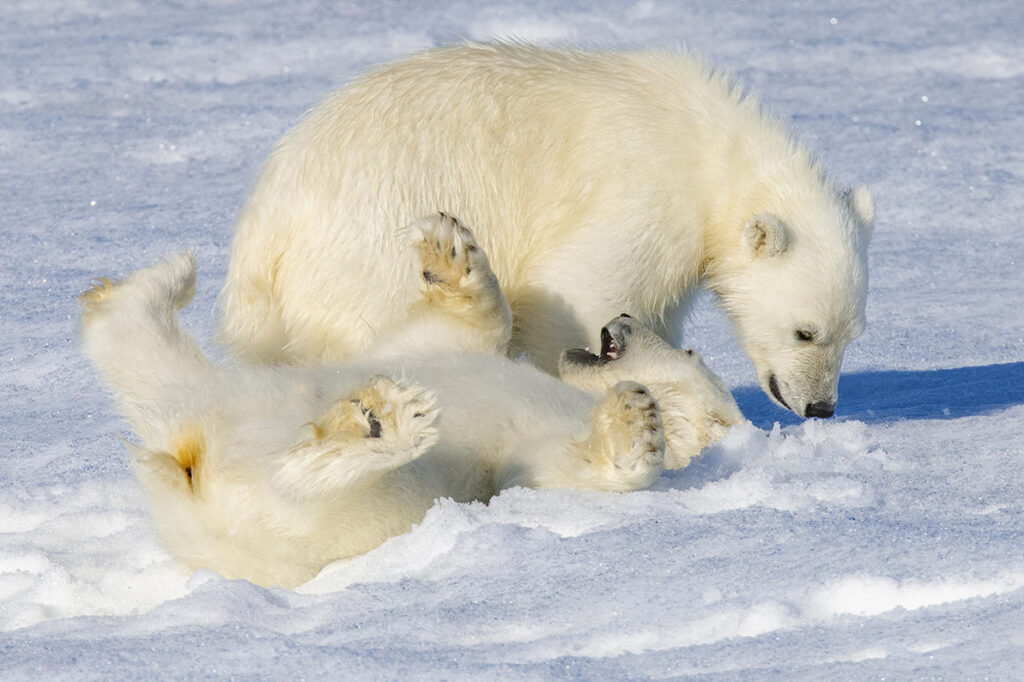


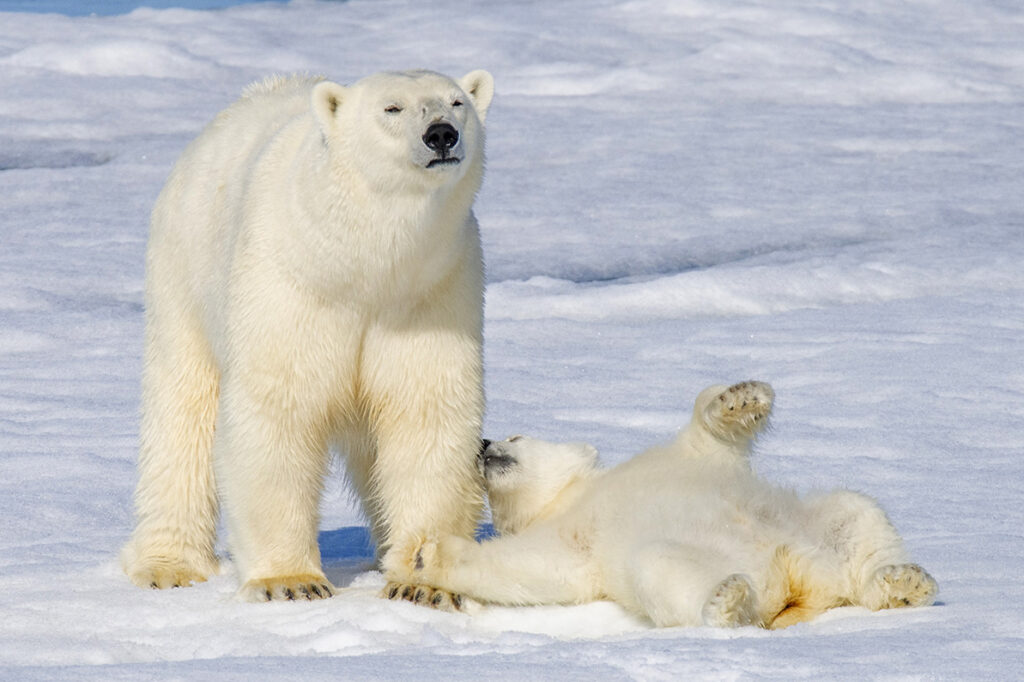





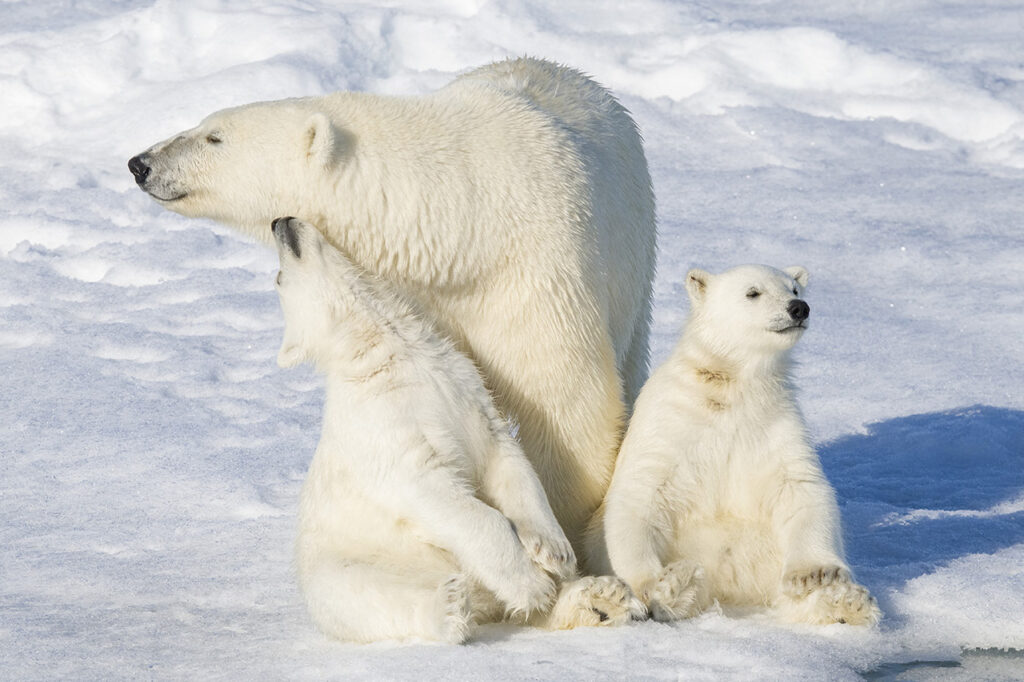


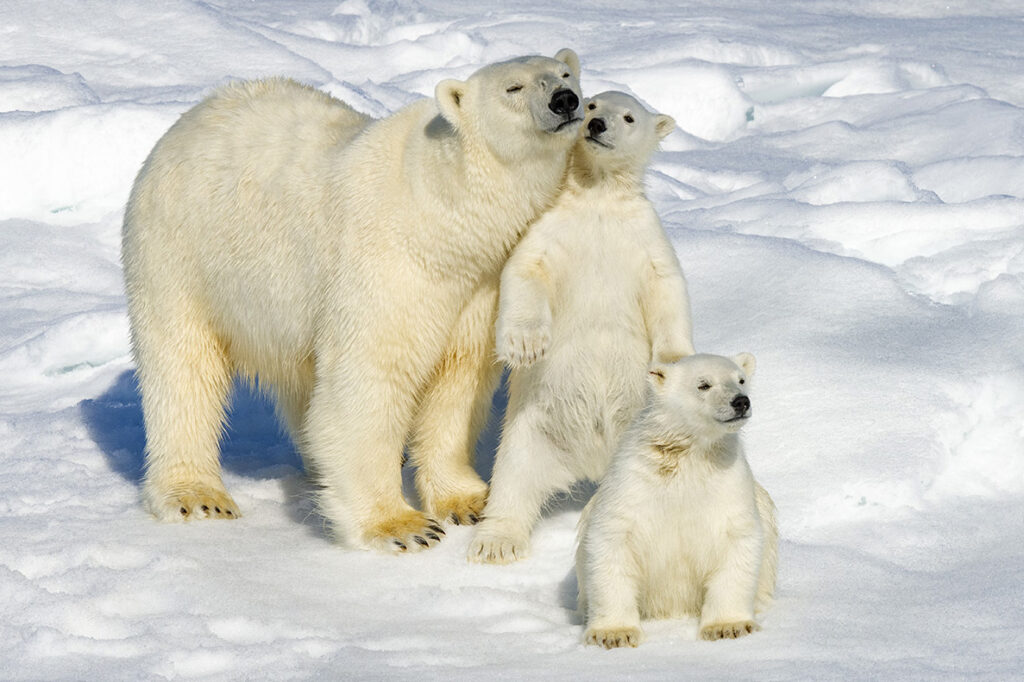

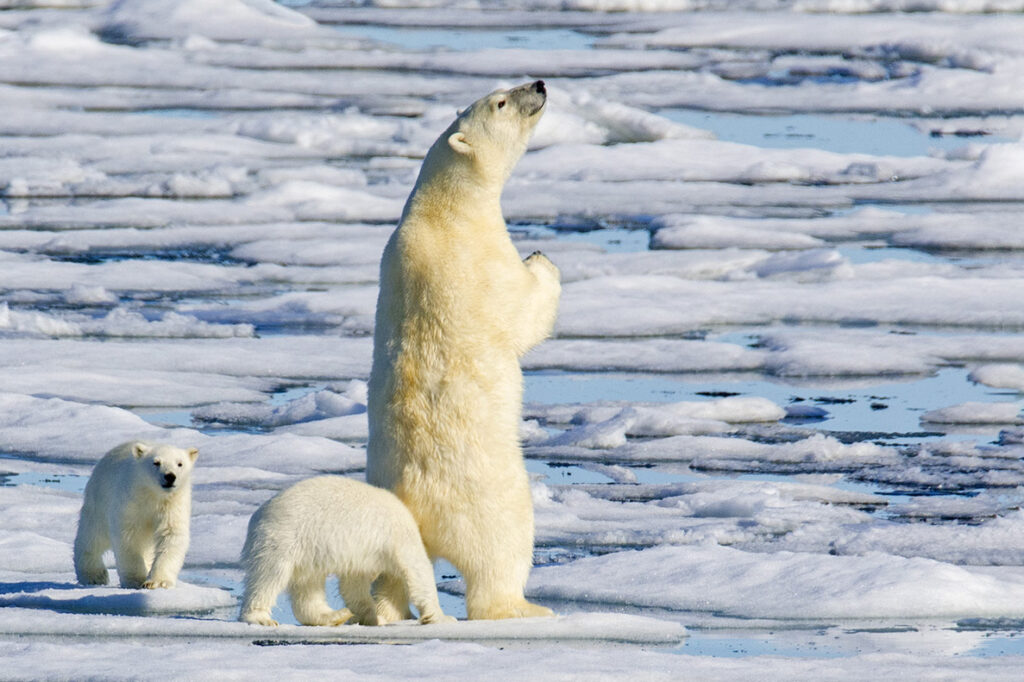

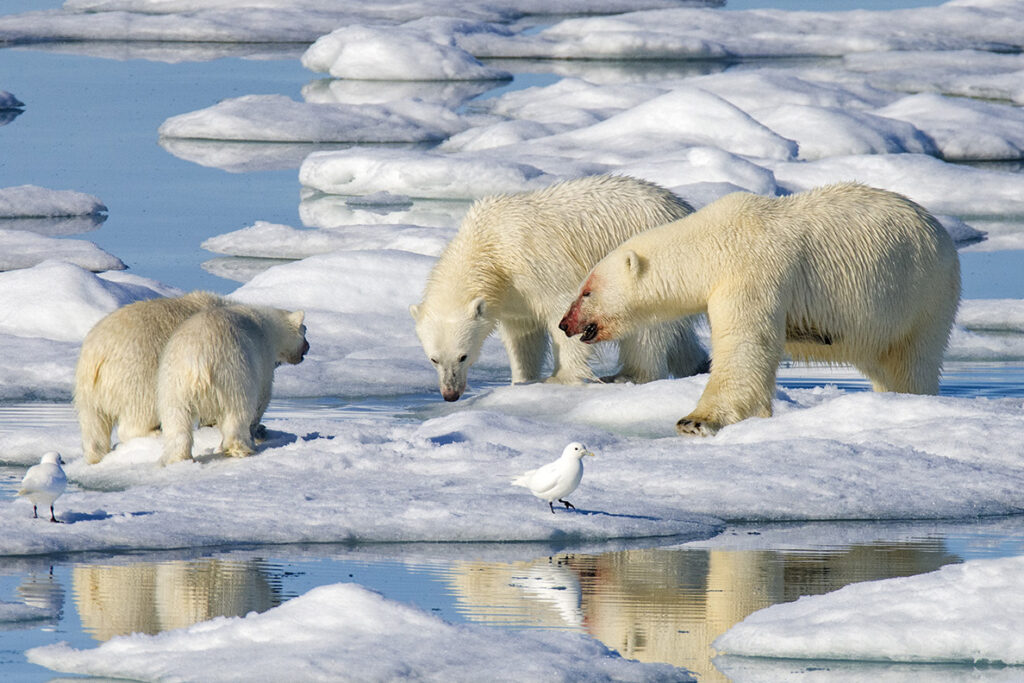
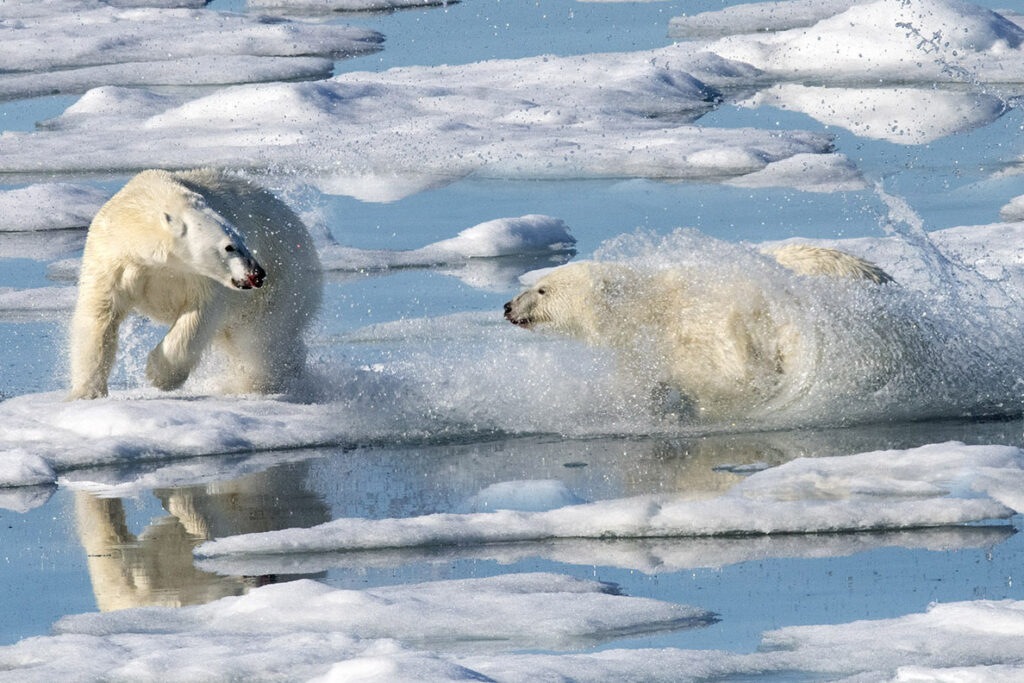
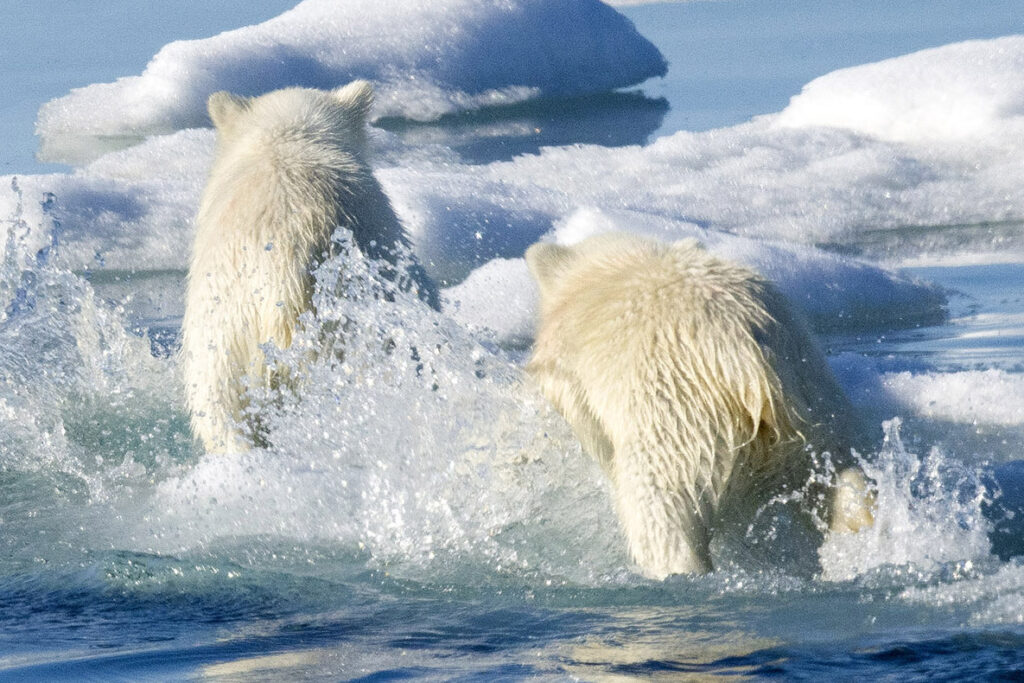
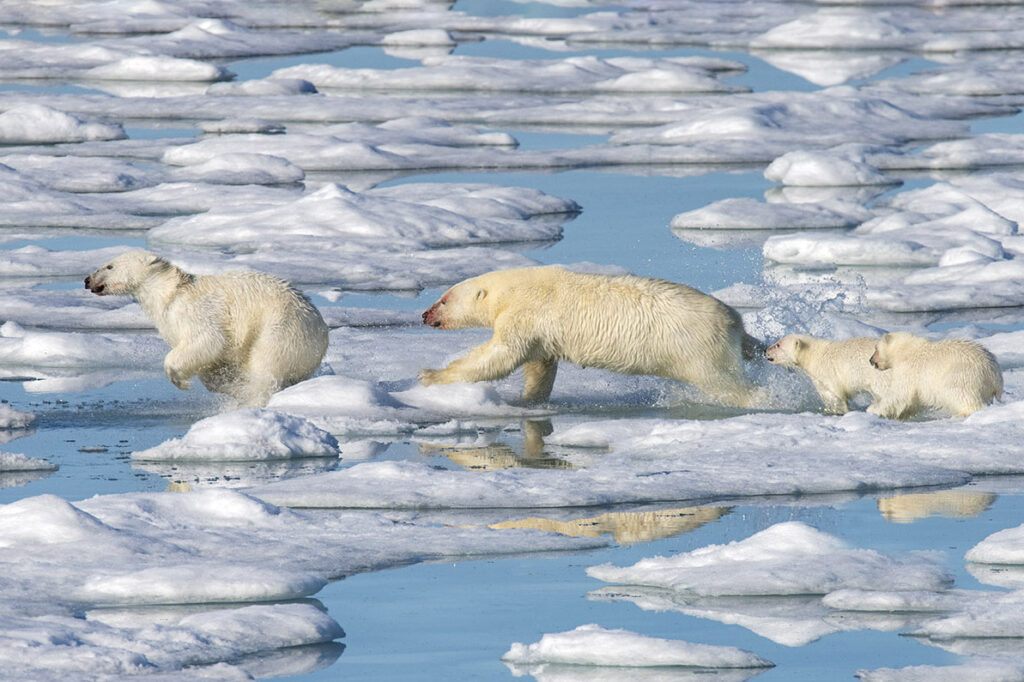
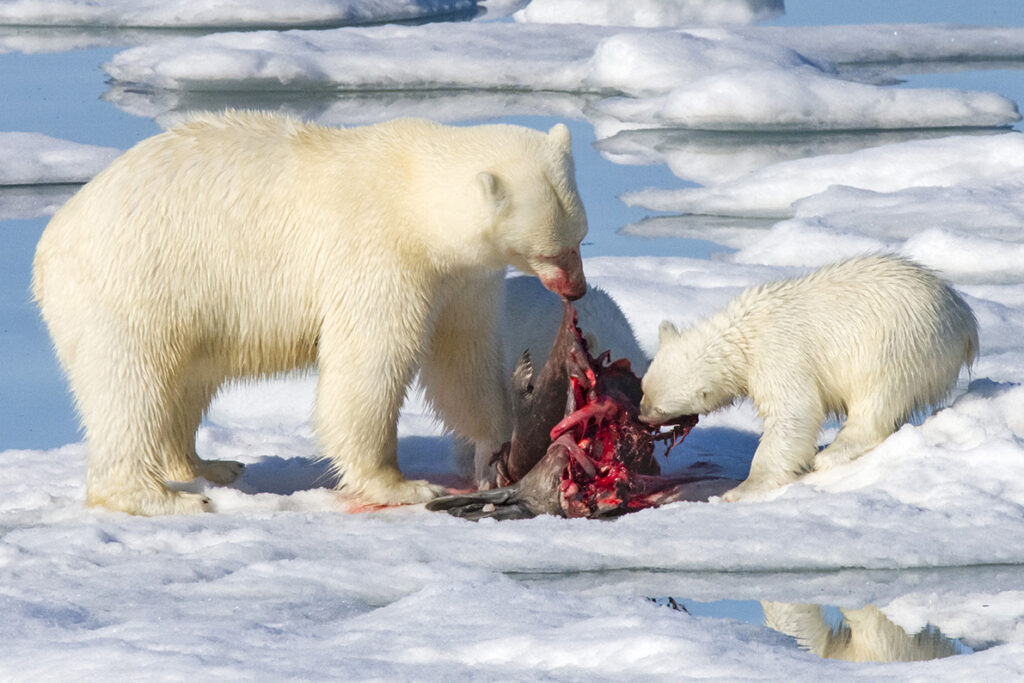
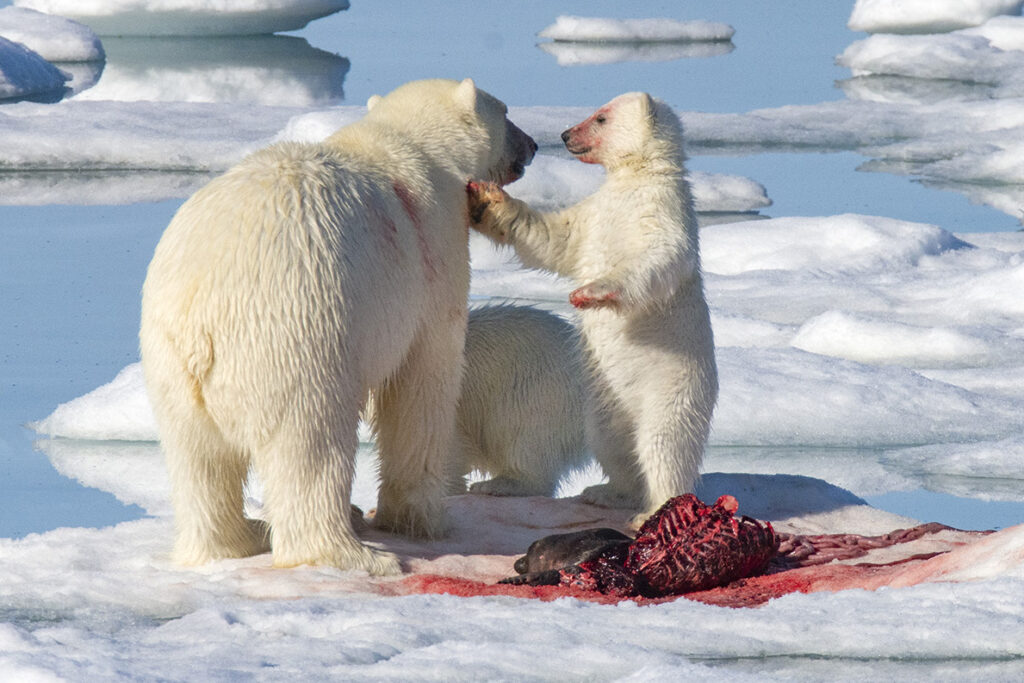
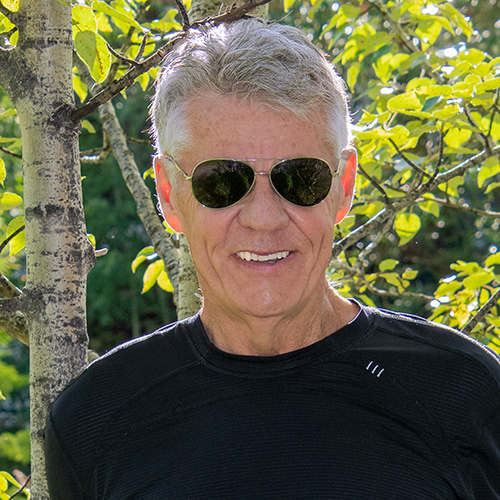




As usual, a great post with good explanation of the animal’s behavior and fantastic photographs. Thank you so much .